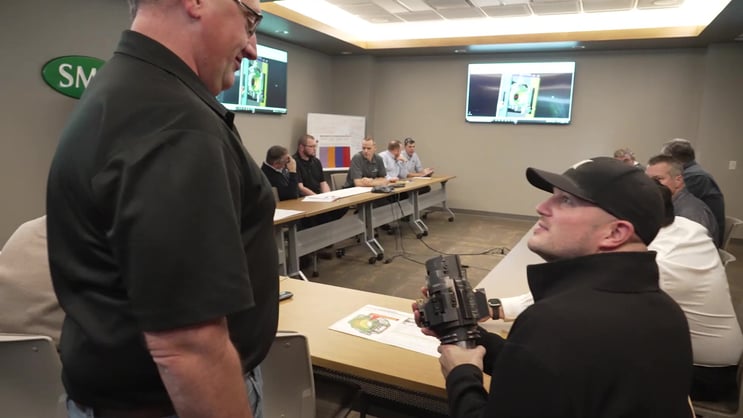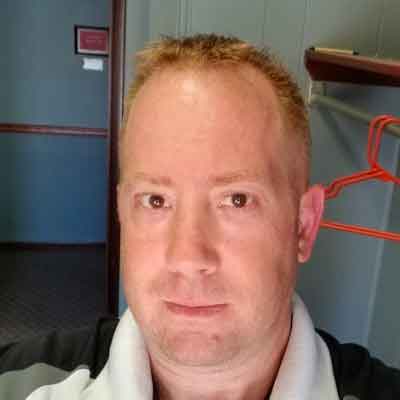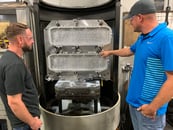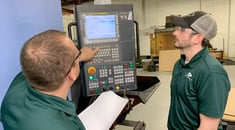Designing a new part is one thing. Manufacturing it is a different story.
Talk with any customer of a CNC machine shop and you’ll likely hear an example of a part design being altered, refined, and/or improved thanks to CNC precision engineering. Of all the CNC engineering services provided by a shop, having an influence on the design itself may not be what you think of first.
CNC engineering manufacturability is a more specific way of saying design for manufacturability (DFM), the process that aligns engineering and production to lower costs, simplify product production, reduce rework, and maintain high quality. All of that considered, it’s clear that a CNC engineer’s modification of a part design is critical.
Let’s explore how leaning on 6 specific CNC engineering services helps make part manufacturing smoother, more efficient, and reasonably priced.
#1 Specialization
Fixture design. Fixture building. Tooling. Programming. Processing. And more! In small CNC shops, one or two engineers are forced to multitask, handling many CNC precision engineering services and requiring that they stop and refocus on the most urgent task.
Having engineers with well-rounded skill sets is nice but not exactly efficient. Within large top-end shops, no single engineer has all of these responsibilities; engineers specialize in one service. This specialization allows engineers to do what they do best, continually sharpen that skill, and improve the quality of all projects in that shop (more on quality later).
#2 Depth of Influence
CNC engineers influence parts’ manufacturability and long-term success. See how having the following people in the room (especially the shop’s engineers) at the same time allows the team to walk through a project’s manufacturing plan. Clamping, machining, and tooling are all planned out so there are no surprises and the result is a smooth PPAP process.
The CNC Machine Shop
- The sales and engineering team leader quotes the part and runs cycle times
- The fixture design engineer considers machinability and clamping, and checks the prints for errors
- The tooling engineer checks available tooling and evaluates if common tooling is possible
- A quality engineer may also be included, depending on the part’s complexity
The Customer
- A mechanical design engineer, or part designer, shares key aspects of the part, inside and out
- The quality engineer makes sure processes are effective, efficient, and safe
- The purchasing manager, and/or purchasing buyer, oversees the discussion
The Foundry
Usually selected by the CNC shop, the foundry representative discusses castability, asks relevant questions, and inputs ideas.
Diving a bit deeper, the CNC machine shop reviews the prints, all specs, and the material, identifying any efficiencies that may be gained by modifying the design. For instance, what is spec’d may be altered to use common tooling, which saves money and time. Or, the number of holes may be reduced (or all can be uniform) so an extra tool isn’t required.
#3 Tolerance Evaluation
Another service that drives part quality and performance is tolerance evaluation. Blueprints may call for a certain tolerance that isn’t necessary to ensure top performance of the part. What may seem like a slight difference can alter costs drastically.
For instance, an aluminum transmission housing design specs call for .05mm (or 50 microns) when an acceptable tolerance would be .13mm. That one simple change could save more than $2.00 per piece in tool costs, extra passes, etc., while maintaining high quality.
Even on a part that may cost hundreds of dollars, the savings are significant when machining thousands of them each year. A shop’s engineers evaluate prints critically to identify savings opportunities.
#4 Casting Consultation
Casting simplifies the process of forming metal into products. Two main goals of casting are creating fewer components and fewer parts needing to be put together.
As mentioned earlier, including the foundry early can make a huge difference in part manufacturability. This initial meeting is the time for the foundry to input ideas and help make the part manufacturable from the very beginning (we all know the challenge of changing a design after everyone has signed off on it.)
Need an example? Let’s jump back to that aluminum transmission housing described in #3 above. Adding a rib along the side helps feed the casting, making the part more castable. Again, a small change that makes a big difference.
An experienced shop enhances the CNC manufacturing process simply through its supply chain advantages, including relationships with its foundries.
#5 Simplify, Optimize, Refine
Engineers in a CNC machine shop are not part designers; that’s the responsibility of the customer. That said, engineers do heavily influence how a part performs. These three ways are connected, so we grouped them together:
- Simplifying — Evaluate overall part design, look for common-sized hole length and common fastener sizes, find opportunities for fewer tool changes on the spindle (saving time and money)
- Optimizing — Put clamp locators on the part to optimize clamping, use surface finish callouts, uncover ways to improve the manufacturing process
- Refining the Product Design — Add feeding ribs to prevent defects and make machining easier, adjust geometry (radius and draft, for instance) to make it the most castable part it can be
#6 Technology & Experience
Here’s a powerful 1-2 punch: Engineers rely on both technology and experience (usually in equal amounts) to be successful. For some tasks, only the latest technology will accomplish it. The ability to stay on the edge of technology — from hydraulics to clamping to sensoring — provides capabilities that cannot be matched any other way.
And, of course, there’s no substitute for experience. Knowledge is gained every time a task is completed. I can’t say with 100% certainty, but I don’t think there are many books or YouTube videos on designing custom CNC fixtures for parts. It’s really a skill passed down from the expert to the novice, with experience being the best teacher.
Fair Price & No Headaches
Using CNC engineering manufacturability upfront is the roadmap to a part’s success and longevity. It emphasizes early team involvement (especially for complex parts), drives maximum efficiency and cost savings, and creates a smooth, repeatable process. When a CNC machining source can reduce a customer’s stress level, it’s a win.
It’s also important to remember that you get what you pay for. Experienced customers expect a lot from modern CNC precision machining and the engineering experts at CNC machine shops, and they’re willing to pay for that expertise.
Stecker Machine has more than a dozen engineers on staff. Engineers are focused on their area: fixture design, tooling, programming, processes, packaging, and quality. That’s a LOT for a shop of our size.
Now that you know more about CNC engineering manufacturability, here’s a question: When Do You Know It’s Time to Work With a High-End CNC Machine Shop? This guide covers 9 scenarios and explains how partnering with CNC experts was the wise choice. Click the link below to get your copy!
Want to contact Stecker now? Call 920-726-4526.






